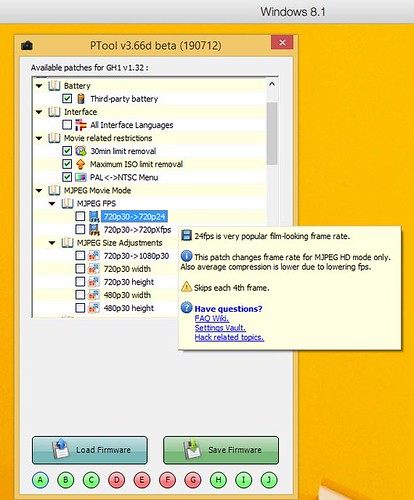
I intend to use the box of bits and pieces I filmed yesterday to dress the Lumix GH1, to make it look more like a piece of video kit. Most of the parts come from a £25 kit that I bought on eBay a few years ago.
So far I've spent £0 new money on the adaptation. I've also found a few old Olympus Zuiko prime lenses, and have an adapter for m4/3 somewhere, so I guess I can count that as zero spend as well. Realistically I'd probably also use lenses from my micro 4/3 system.
Now to what's in the orange box of bits?

At least there's some rails, which form an important part of the adaptation. The rails are part of the forward facing support structure.
One of my design points will be to use metal clips, rather than plastic, which will at least give some reassurance that the whole thing won't collapse. That's where some spend may start to creep in, although I've found a couple of clamps that are already metal.

I'll also need a quick release system so that I can both remove the camera from the support and remove the support from a tripod. I've found one such clamp (below) but I don't think it will work if I also want to add on a metal cage structure.

The cage is a simple metal frame to go around the camera. The idea is to have something load bearing that could take other peripherals such as microphones, and actually in the case of such a small camera to add some heft, which can be useful for stability.
I've had a quick look at some purpose built cages (which I'll have to buy) but have decided to get something generic rather than a cage built for the specific camera form factor. I'd prefer something larger and fairly square so that I could swap out this test camera if the whole thing actually works.

I found the above bracket thing in the box, which could work until I can get a cage, but it looks so wrong to me, with its plastic bracket and lack of adjustments.

In front of the lens there's a couple more things to consider. One is a focus puller. That's the kind of thing that real movie cameras use and is a big dial geared to rotate the camera lens from the front. I also found one of these in the box, but I think it will also need to be updated.
This basic one looks somewhat spartan, and I don't think would add to the credibility of the finished product. Along with a camera cage, they will probably be the 'ker-ching' moments.

The other front of camera add-on is a matte box. That's the big square box with sunshields which screams 'Hollywood'. Okay, the orange box contained this - which maybe screams 'bad comedy routine', but I'm in two minds about how much it can be rescued.
The challenge is that 'real' matte boxes are pricey items, like this example called 'Viv', which weighs in at just over £1,100.

Georgeous, I'm sure, with its
bright tangerine control knobs, carbon fibre flags and cassette-based rotating filters, but I'll probably settle for something that I can update with a spray can. At least the one in the orange box has metal French flags.

Now, where's my screwdriver?


































